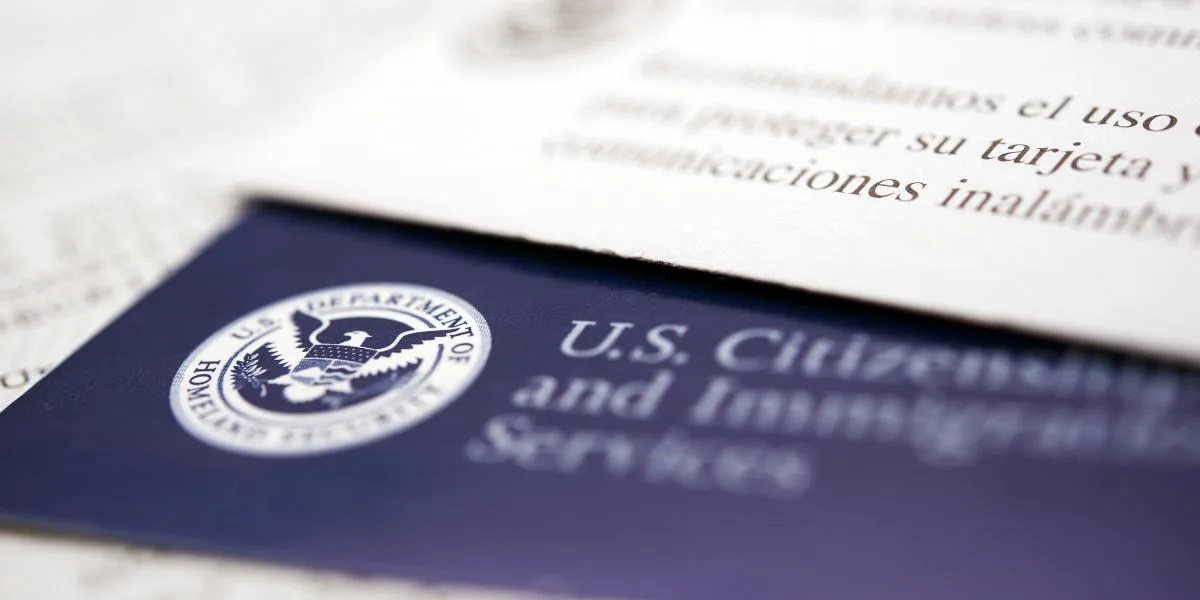Listen to this Article
Immigration cases can take months, even years, to resolve. During that time, clients often face uncertainty, stress, and frustration. As an immigration attorney, you understand how crucial it is to guide your clients through these delays and keep them informed with new changes and challenges. But case delays are a common part of the immigration process. The question is: How can you manage them effectively and ensure that your clients feel supported, informed, and satisfied with your services?
In this blog, we’ll explore the reasons behind immigration case delays, how to manage them, and most importantly, how to keep your clients satisfied during long waiting periods.
Why Do Immigration Cases Experience Delays?
There are many reasons why immigration cases experience delays. Some delays are due to external factors, such as processing backlogs at government agencies. Other delays stem from issues specific to the client’s case, such as missing documentation or complicated legal issues.
However, understanding the common causes of delays will help you manage client expectations. When clients know what to expect, they’re more likely to remain patient and trust the process. Let’s explore some of the most common reasons immigration cases face delays.
1. Processing Backlogs at USCIS and Other Agencies
One of the main reasons for immigration case delays is processing backlogs at the U.S. Citizenship and Immigration Services (USCIS) and other government agencies. These delays are often unavoidable, especially for applications like green cards, work visas, and citizenship. USCIS is overwhelmed with cases, and processing times can vary depending on the type of application and the applicant’s country of origin.
For immigration attorneys, staying informed about processing times and delays at USCIS and other agencies is essential. By keeping your clients updated, you can reduce frustration and maintain their trust.
2. Complicated Cases or Requests for Evidence (RFE)
In some cases, delays are caused by the complexity of the case. If a client’s case involves multiple factors, such as criminal history, complex visa issues, or unusual circumstances, it may take longer to process. Additionally, USCIS may request additional evidence (RFE), further delaying the process.
As an attorney, it’s your job to anticipate potential complications. If you know that a case is more complex than usual, communicate with your client about the possible delays. If an RFE occurs, act quickly to respond with the necessary information, as delays in submitting requested evidence can cause even longer processing times.
3. Incomplete or Incorrect Documentation
One of the easiest causes of delays is incomplete or incorrect documentation. Missing forms, signatures, or evidence can lead to rejection or delays in processing. Immigration attorneys must ensure that every form is filled out correctly and that all supporting documentation is provided before submission.
If you encounter a case with incomplete documentation, take the time to review everything carefully and guide your client to provide all the necessary materials. Clients may need to gather extra documents, so plan ahead to avoid unnecessary delays.
4. Administrative Errors
Administrative errors by USCIS or other immigration agencies can also cause delays. These errors are often out of your control, but they still impact your clients. For example, USCIS may mistakenly send the wrong notices, misplace files, or incorrectly process applications.
Although these errors are rare, they do happen. When administrative mistakes occur, you need to act quickly to correct the issue. Stay on top of your clients’ cases, and communicate with the appropriate agency to resolve any problems as soon as possible.
Turn Immigration Challenges into New Client Opportunities
Processing delays and policy changes make immigration cases more complex than ever. Stay ahead by connecting with high-intent immigration leads. Our proven marketing strategies help you reach clients who need your expertise now.
How to Manage Case Delays and Improve Client Satisfaction
Now that we’ve explored some of the reasons behind case delays, let’s look at ways to manage these delays and keep your clients satisfied. Immigration cases can take time, but the right approach can help reduce frustration and build trust. Here are some tips for managing delays and improving client satisfaction.
1. Set Realistic Expectations from the Start
The first step in managing delays is setting realistic expectations from the very beginning. Before starting any case, take the time to explain the typical timeline for that type of application. Let your clients know that delays can happen, and outline the possible reasons why their case may take longer than expected.
This proactive approach will help your clients understand that delays are not unusual and are often beyond your control. When they know what to expect, they are less likely to feel frustrated when delays occur.
2. Keep Clients Updated
Regular communication is key to maintaining client satisfaction during case delays. Even if there is no update on a client’s case, let them know you’re still monitoring it. Schedule periodic check-ins to update them on any progress, or simply reassure them that their case is still in process.
If there is a delay due to USCIS or other agencies, inform your clients immediately and explain the reason. Clients appreciate transparency and will feel more confident knowing that you are keeping an eye on their case.
3. Offer Solutions for Delays When Possible
In some cases, you may be able to help speed up the process. For example, if an RFE has been issued, respond to it as quickly and thoroughly as possible. If there are complications or incomplete documentation, work with your client to resolve the issues promptly.
By actively working to overcome delays, you can help your clients avoid waiting even longer. The quicker you can resolve issues, the more likely your clients are to remain satisfied with your services.
4. Stay Patient and Empathetic
Immigration cases are often emotional for clients. Many of them are waiting for a decision that could change their lives, such as the ability to reunite with family or gain legal status. It’s important to remain patient and empathetic during this process.
A little understanding can go a long way. Listen to your clients’ concerns, acknowledge their frustrations, and offer reassurance. Your clients will appreciate your support, and this can go a long way in maintaining a strong relationship, even during the waiting period.
How to Attract More Immigration Legal Leads Despite Delays
Managing delays effectively not only improves client satisfaction but also helps attract more immigration leads. When clients feel well informed and supported, they’re more likely to recommend your services to others. Word-of-mouth referrals and positive reviews are powerful tools for growing your practice.
Additionally, marketing yourself as an expert in handling case delays can help attract leads. Clients want to know that they’re working with an attorney who is prepared for the challenges of the immigration process. By showcasing your ability to manage delays and still deliver results, you’ll stand out from other attorneys.
Struggling with Immigration Case Backlogs?
Long wait times and policy shifts create uncertainty for your clients. Position your firm as the trusted solution with exclusive immigration leads. Let us help you connect with individuals seeking legal guidance today.
Get Help Managing Immigration Case Delays and Attracting More Leads
Attracting more immigration leads requires a combination of expertise, effective marketing, and client satisfaction. We specialize in connecting immigration attorneys with clients who need help navigating the complexities of the immigration process, including case delays.













